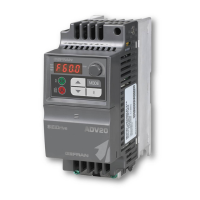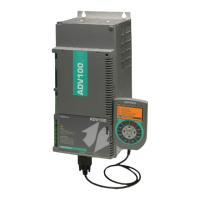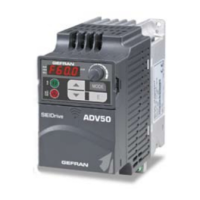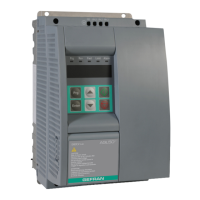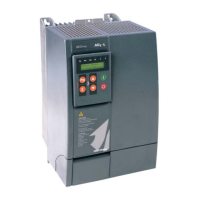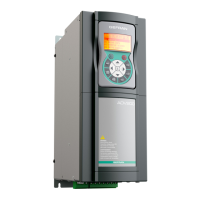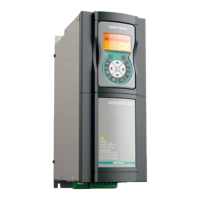ADV200 • Quick start up guide 15
3.2 Permissible Environmental Conditions
Temperature
storage �������������������� -25…+55°C (-13…+131°F), class 1K4 per EN50178
-20…+55°C (-4…+131°F), for devices with keypad
transport ������������������� -25…+70°C (-13…+158°F), class 2K3 per EN50178
-20…+60°C (-4…+140°F), for devices with keypad
Air humidity
storage ��������������������
from
5% to 95 % and 1 g/m
3
to 29 g/m
3
(class 1K3 as per EN50178)
transport ������������������� 95 % (3), 60 g/m
3
(4)
A light condensation of moisture may occur for a short time occasionally if the device is not in operation
(class 2K3 as per EN50178)
Air pressure:
storage �������������������� [kPa] 86 to 106 (class 1K4 as per EN50178)
transport ������������������� [kPa] 70 to 106 (class 2K3 as per EN50178)
(3) Greatest relative air humidity occurs with the temperature @ 40°C (104°F) or if the temperature of the
device is brought suddenly from -25 ...+30°C (-13°...+86°F).
(4) Greatest absolute air humidity if the device is brought suddenly from 70...15°C (158°...59°F).
The drive is suitable for use under the environmental service conditions (climate,
mechanical, pollution, etc.) dened as usual service conditions according to
EN61800-2.
3.3 Disposal of the device
The ADV200 inverter can be disposed of as electronic waste according to national
regulations in force for the disposal of electronic components.
Pursuant to Article 26 of Italian Legislative Decree no. 49 of 14 March 2014 “Im-
plementation of Directive 2012/19/EU on waste electrical and electronic equip-
ment (WEEE)”
The symbol showing a crossed-out wheeled bin on equipment or its packaging indicates
that the product must be collected separately from other waste at the end of its useful life.
The manufacturer is responsible for organising and managing the separate collection of
this piece of equipment at the end of its useful life.
Users wishing to dispose of the equipment must therefore contact the manufacturer to
obtain instructions from the same on how to have the equipment collected separately at
the end of its useful life.
By collecting the disused equipment separately, it can be recycled, treated or disposed
of in an environmentally friendly manner, thus helping to prevent the environment and
public health from being affected negatively and enabling reuse and/or recycling of the
materials forming the same equipment.
Attention
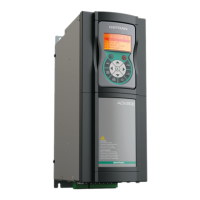
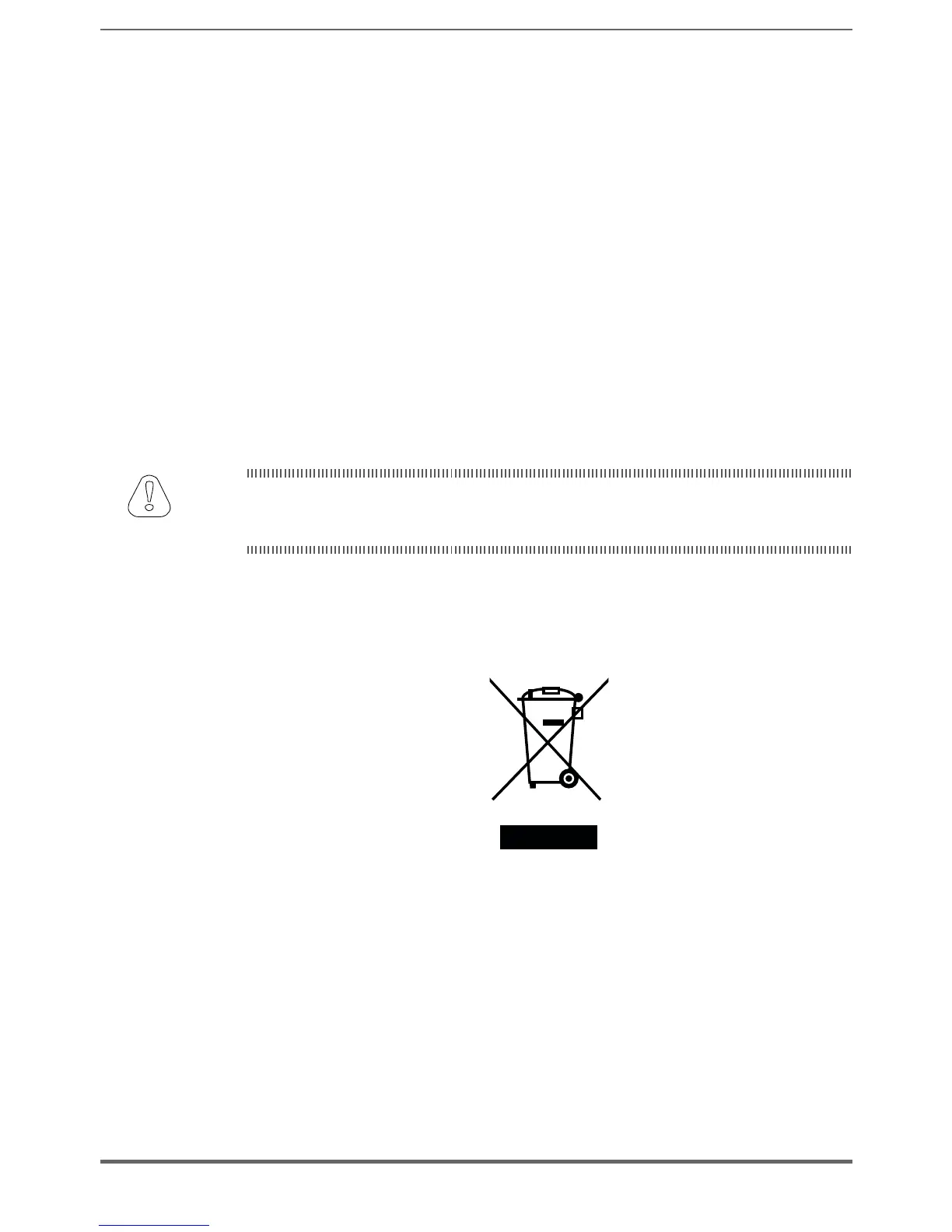